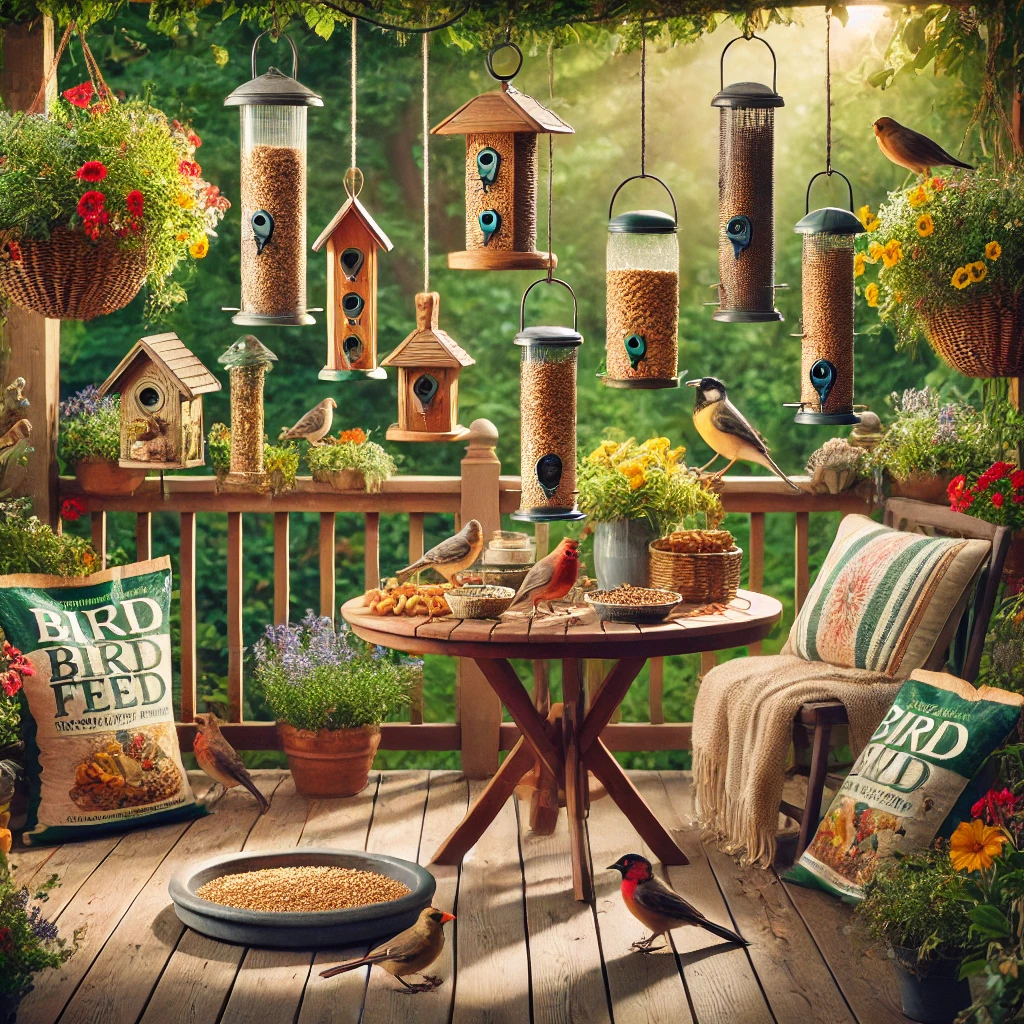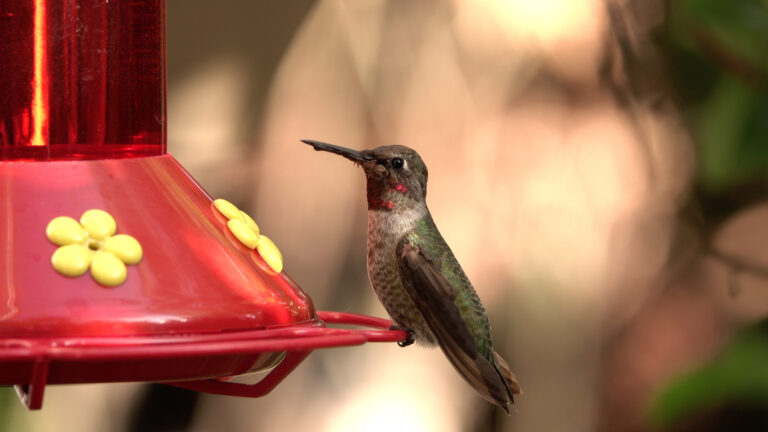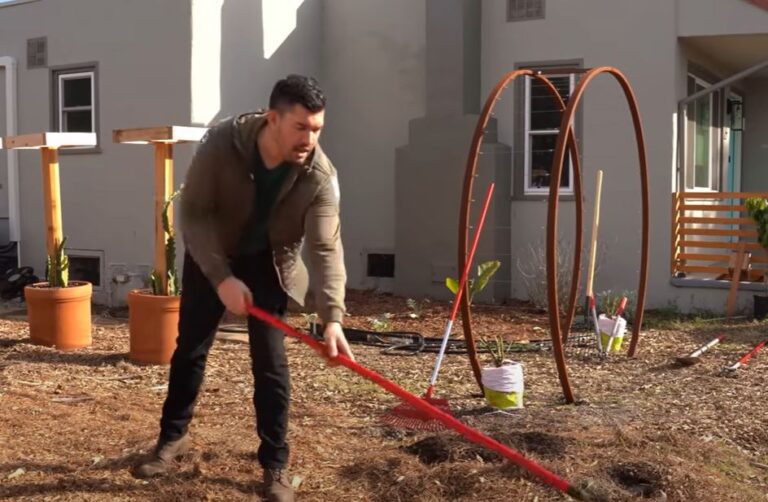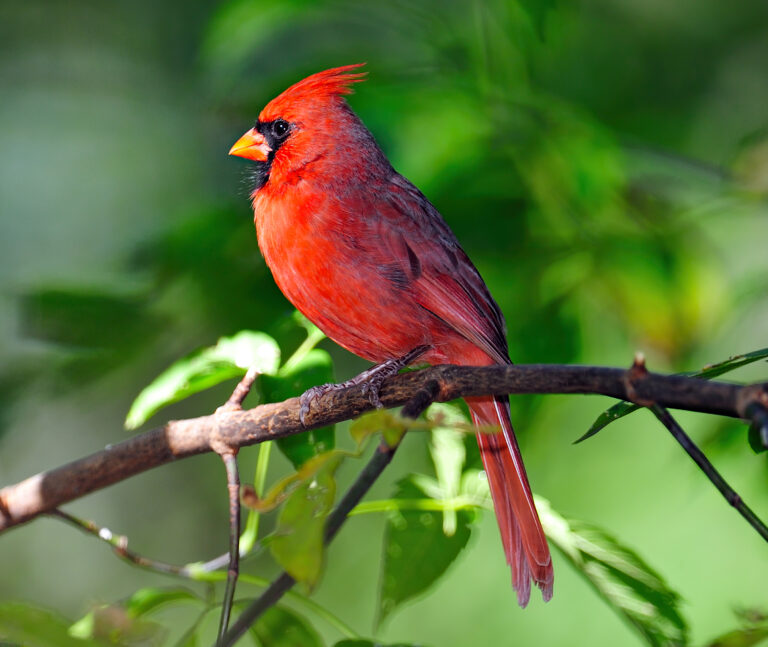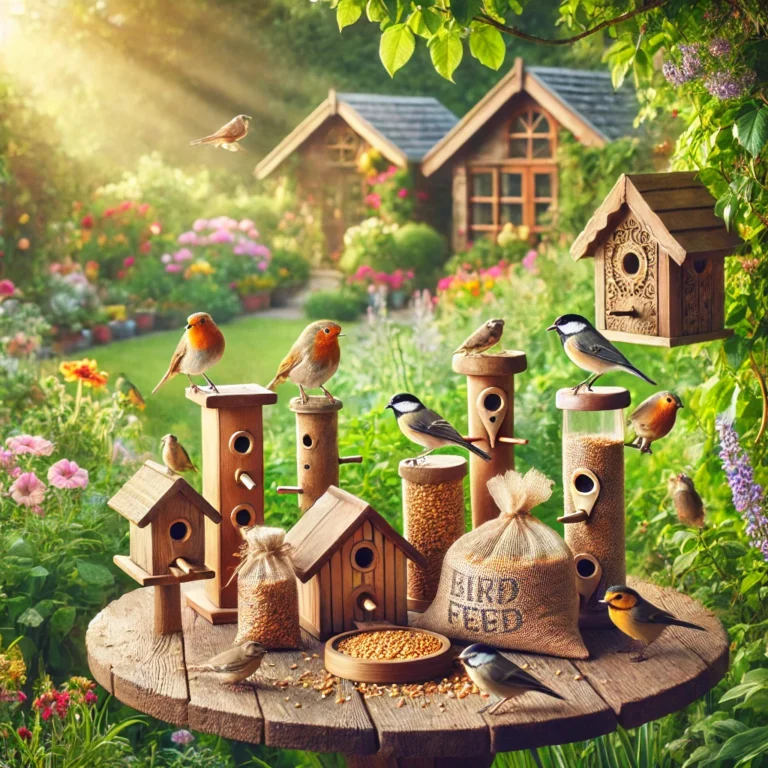Backyard Biodiversity: Unlock Secrets with the Right Habitat Kit!
Choosing the right wildlife habitat kit is important for creating a thriving environment for local wildlife. These kits help people support nature in their own backyards.
Many options are available, making the decision overwhelming. Each kit serves different purposes, whether attracting birds, butterflies, or other animals. Understanding your goals is the first step. Do you want to provide food, shelter, or a place for animals to thrive?
Knowing the needs of local wildlife can guide your choice. It’s also helpful to consider your space and budget. With a bit of research, you can find a kit that fits your needs and helps promote biodiversity. Let’s explore how to make the best choice for your wildlife habitat.
The Importance Of Wildlife Habitat Kits
Wildlife habitat kits play a vital role in nature. They help create safe spaces for animals. These kits support local ecosystems. They also promote biodiversity. Understanding their importance helps in making informed choices.
Benefits For Local Ecosystems
Wildlife habitat kits offer many benefits for local ecosystems. They provide shelter and food for various species. Here are some key advantages:
- Improved Soil Quality: Kits encourage the growth of plants. Healthy plants improve soil health.
- Water Conservation: They help retain moisture in the soil.
- Pest Control: Natural predators find homes in these habitats.
- Climate Regulation: They contribute to lowering temperatures.
Supporting Biodiversity
Supporting biodiversity is essential for a healthy planet. Wildlife habitat kits create spaces for different species. This helps maintain a balanced ecosystem. Here are ways they contribute:
- Habitat Creation: Kits provide homes for various animals.
- Species Variety: They support many plant and animal species.
- Food Sources: Diverse plants attract different pollinators.
- Resilience: More species mean stronger ecosystems.
Choosing the right wildlife habitat kits strengthens local biodiversity. This leads to a healthier environment for everyone.
Identifying Your Local Wildlife
Choosing the right wildlife habitat kits starts with knowing your local wildlife. Understanding which animals and plants live nearby helps you select the best habitat. Every area has its unique ecosystem. Identifying it can make your efforts more successful.
Surveying Your Area
Start by observing your surroundings. Take note of the wildlife in your area. Look for common signs such as:
- Tracks and trails
- Nests and burrows
- Sounds of animals
- Plants that attract wildlife
Use a notebook to record your findings. This will help you recognize patterns and common species. Pay attention to:
- Time of day
- Seasons
- Weather conditions
Consider making a simple table to organize your observations:
| Observation | Date | Location |
|---|---|---|
| Birds spotted | 01/01/2023 | Backyard |
| Tracks found | 01/02/2023 | Nearby woods |
Consulting With Experts
Seek advice from local wildlife experts. They can provide valuable insights. Consider contacting:
- Local wildlife organizations
- Universities with biology departments
- Nature centers
Attend workshops or community events. These can offer hands-on experience. Ask questions about:
- Common species in your area
- Best practices for habitat kits
- Plants and food sources for wildlife
Engaging with experts helps you understand your local ecosystem better. They can guide you in selecting the right habitat kits.
Key Elements Of A Successful Habitat Kit
Choosing the right wildlife habitat kit requires understanding several key elements. These elements ensure that the kit meets the needs of local wildlife. A successful habitat kit must provide food, water, and shelter. Let’s explore these essential components in detail.
Food Sources
Food is vital for wildlife survival. A good habitat kit should include various food sources. These can attract different species.
- Native plants: Choose plants that are native to your area.
- Seeds: Include seeds that appeal to local birds.
- Fruits: Offer fruits that animals enjoy.
Consider adding a mix of food types. This variety helps attract more wildlife.
Water Availability
Water is essential for all living creatures. A successful habitat kit should provide easy access to clean water. Options include:
| Water Source | Description |
|---|---|
| Birdbaths | Shallow dishes filled with fresh water. |
| Ponds | Small ponds can attract many animals. |
| Streams | Natural flowing water supports diverse wildlife. |
Regularly check and refill water sources. Clean them to keep wildlife healthy.
Shelter And Nesting Materials
Shelter protects animals from weather and predators. Include various materials in your habitat kit. These help wildlife find safe places to live.
- Nesting boxes: Provide options for birds and small mammals.
- Brush piles: Create hiding spots for rabbits and other small animals.
- Logs and rocks: Offer natural shelter for insects and amphibians.
Consider the needs of local species. Choose materials that suit their preferences.

Credit: www.green-feathers.com
Size And Location Considerations
Choosing the right wildlife habitat kits involves understanding size and location. These factors affect the success of the habitat. Proper space and placement attract diverse wildlife. Here are key points to consider.
Assessing Space Requirements
Space is crucial for wildlife habitats. Each kit needs enough area to function well. Consider these points:
- Size of the Kit: Check the dimensions of the habitat kit.
- Available Area: Measure your yard or garden space.
- Wildlife Needs: Different species need different space. Research what animals you want to attract.
Use the following table to understand space needs:
| Wildlife Type | Recommended Space |
|---|---|
| Birds | 10 x 10 feet |
| Small Mammals | 20 x 20 feet |
| Butterflies | 5 x 5 feet |
Choosing Optimal Placement
Placement affects how well a habitat works. Consider these tips for optimal placement:
- Sunlight: Most wildlife needs sunlight. Choose a sunny spot.
- Water Source: Close proximity to water attracts animals.
- Shelter: Place the kit near bushes or trees for cover.
- Accessibility: Ensure easy access for maintenance and observation.
Think about the surrounding environment. Avoid busy areas. Choose quiet locations for best results.
Customization For Specific Species
Choosing the right wildlife habitat kits means thinking about the animals you want to support. Different species have unique needs. Customization helps create a welcoming environment. It focuses on what each species needs to thrive.
Native Plants And Flowers
Native plants are vital for local wildlife. They provide food and shelter. Research what plants grow naturally in your area. Select flowers that attract specific insects or birds. This will create a balanced ecosystem.
Consider flowering plants for pollinators. Bees, butterflies, and hummingbirds rely on them. Choose plants that bloom at different times. This ensures food is available throughout the year. Native plants also require less water and care.
Specialized Structures
Different species need different types of homes. Some animals prefer nesting boxes. Others need brush piles for shelter. Think about the wildlife you want to attract.
Install birdhouses designed for specific birds. Use bat boxes for local bat species. Create ponds for frogs and other aquatic life. These structures provide safe spaces for animals. They encourage them to make your habitat their home.
Sustainability And Maintenance
Choosing the right wildlife habitat kits means considering sustainability and maintenance. These factors are crucial for a successful setup. Eco-friendly materials and long-term upkeep will help create a thriving habitat. Let’s explore these aspects in detail.
Eco-friendly Materials
Start with eco-friendly materials for your habitat kit. Look for items made from sustainable sources. Bamboo, recycled plastic, and untreated wood are great choices. They minimize harm to the environment.
Using non-toxic paints and finishes is important. These products are safer for wildlife. They ensure that animals can thrive in their new home.
Long-term Upkeep
Consider the long-term upkeep of your habitat. Choose kits that are easy to maintain. Simple designs often require less effort to manage. Regular cleaning and checks will keep the habitat healthy.
Think about durability. Select materials that withstand weather changes. This choice reduces the need for frequent replacements. A sturdy habitat will last longer and support wildlife better.
Legal And Ethical Considerations
Choosing the right wildlife habitat kits involves more than just selecting materials. Legal and ethical considerations play a crucial role in your decision. Understanding these aspects ensures a safe and responsible approach to wildlife conservation.
Compliance With Regulations
Before you start, know the local laws. Many areas have specific rules about wildlife habitats. Check with local wildlife agencies. They can guide you on what is allowed. Some species may be protected by law. You must not disturb their habitats.
Permits may be required for certain activities. Ensure you have all necessary permissions. This will protect both you and the wildlife. Failing to comply can lead to fines or legal issues. Being informed helps you avoid these problems.
Ensuring Animal Welfare
Animal welfare is a top priority. Create a safe space for wildlife. Avoid using harmful materials in your habitat kits. Choose non-toxic options whenever possible. Healthy habitats support healthy animals.
Understand the needs of the species you want to attract. Each species has unique requirements. Food, shelter, and space are essential. Providing these will keep animals safe and happy. Monitor your habitat regularly. This ensures it remains a suitable environment.

Credit: www.amazon.com
Monitoring And Engaging With Your New Habitat
Monitoring your wildlife habitat is essential. It helps you understand how animals interact with their environment. Engaging with your new habitat can be fun and educational. You can learn about local species and their behaviors.
Tracking Wildlife Activity
Tracking wildlife activity is a key part of monitoring. Use cameras to capture images of animals. Note the times and locations of their visits. This data shows which animals frequent your habitat.
Keep a journal to record your observations. Write down changes you see over time. This can help you identify patterns in animal behavior.
Look for tracks, droppings, or nests. These signs indicate which species live nearby. This information enriches your understanding of local wildlife.
Educational Opportunities
Your wildlife habitat offers many educational chances. Invite friends and family to explore it with you. Share what you learn about local species. This can spark interest in wildlife conservation.
Consider creating a simple guidebook. Include photos and facts about the animals you observe. This can enhance your learning experience.
Participate in local wildlife events or workshops. These events often provide valuable insights. Connecting with local experts can improve your knowledge.
Engaging with your habitat fosters appreciation. It builds a deeper connection to nature. Understanding local wildlife is rewarding and important for conservation.

Credit: www.ebay.com
Frequently Asked Questions
What Are Wildlife Habitat Kits?
Wildlife habitat kits are collections of materials designed to create environments that support local wildlife. They often include seeds, plants, and instructions for building habitats. These kits encourage biodiversity and help educate people about the importance of preserving natural ecosystems.
How Do I Select The Best Habitat Kit?
To choose the best habitat kit, consider your local environment and the wildlife species you want to attract. Research the plants and materials included in the kit. Look for kits that are native to your area, ensuring they will thrive and support local wildlife effectively.
What Benefits Do Habitat Kits Provide?
Habitat kits offer numerous benefits, including promoting biodiversity and enhancing local ecosystems. They create safe spaces for wildlife to thrive. Additionally, these kits educate individuals about conservation, encouraging community involvement and fostering a deeper appreciation for nature.
Are Habitat Kits Easy To Use?
Yes, most habitat kits are designed for ease of use. They typically come with clear instructions that guide you through the setup process. Even beginners can follow these steps, making habitat creation accessible to everyone interested in supporting local wildlife.
Conclusion
Choosing the right wildlife habitat kits matters. Think about your space and local wildlife. Research the needs of animals in your area. Consider the type of plants and materials. Quality kits provide better results. Look for options that fit your budget.
Read reviews to see what others say. Enjoy the process of creating a habitat. Your efforts can make a real difference. Help wildlife thrive in your backyard. Make informed choices for a sustainable future.

